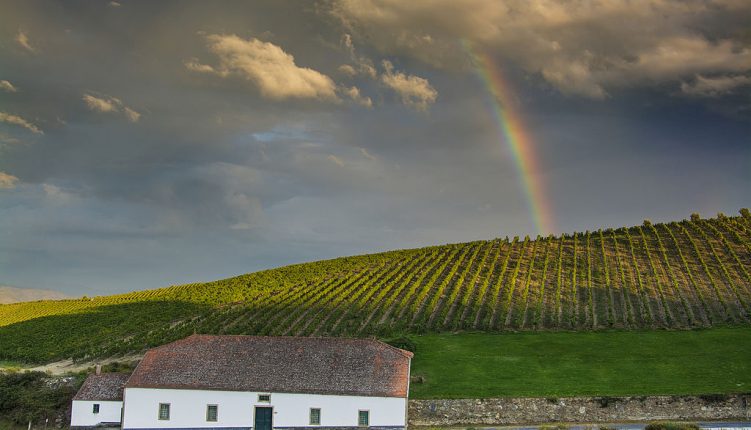Portuguese President, Marcelo Rebelo de Sousa, considered the news a reason for “great joy for all Portuguese”, with prime minister, Antonio Costa, saying this is “another reason of great pride” for the country.
The Royal Convent in Mafra, the Sanctuary of Bom Jesus in Braga and the Machado de Castro National Museum in Coimbra have all been declared UNESCO World Heritage Sites
In a statement published on the Presidency’s page, Marcelo Rebelo de Sousa has welcomed the decisions of the United Nations Educational, Scientific and Cultural Organisation (UNESCO), stating that “it is a cause of great joy for the President of the Republic and for all the Portuguese”.
“I warmly greet the promoters of these candidacies, mayors, diplomats, civil and ecclesiastical authorities, and all those who, in civil society, help further the Portuguese physical, historical, artistic, religious or intellectual heritage,” reads the document.
The President highlighted that the Sanctuary of Bom Jesus do Monte, in Braga, is an architectural and landscaped complex build which was reconstructed from the 16th century onwards, with baroque, rococo and neoclassical styles.
“Being one of the icons of Catholic Portugal, Bom Jesus is also an ex-libris of the city of Braga, an ancient city,” he says.
The mayor of Braga, Ricardo Rio, welcomed the award saying that it represents “a moment of happiness and pride for the city and for the team who worked for it. The award implies a big responsibility for everyone to ensure that the Bom Jesus Sanctuary remains worthy of the distinction”.
Marcelo Rebelo de Sousa confirmed that he will be attending the ceremony to mark the distinction which is to be held in Braga on September 6.
Regarding Mafra, Marcelo Rebelo de Sousa said he considered it to be “an unusually exuberant work, deeply linked to our culture over the centuries, from erudite music to the contemporary novel, and which certainly deserves renewed international interest”.
Mayor of Mafra, Hélder Sousa Silva, commented that the award is “long overdue” given that the application for world heritage status was submitted 10 years ago, and “[the award] brings with it additional short-term responsibilities as far as maintenance is concerned”.
In addition to the two awards announced, the Committee also approved the enlargement of the central area of the University of Coimbra – Alta and Sofia, listed since 2013, to include the Machado de Castro National Museum.
The culture minister, Graça Fonseca, commented that the awards “recognised the diversity of two magnificent Portuguese monuments, living testimony of our history”, and she congratulated all of those who had worked towards the awards.
As well as Sunday’s three awards, UNESCO World Heritage Sites in Portugal now include the Jeronimous Monastery and Belem Tower in Lisbon, the Convent of Christ in Tomar, the Monastery in Batalha, the Centre of Angra do Heroísmo in The Azores, the historical centre of Evora, the Monastery of Alcobaça, the cultural scenery of Sintra and its historical centre, Dom Luiz 1 bridge and Serra do Pilar Monastery in Porto, the pre-historic rock art sites in the River Côa Valley and Siega Verde, the Laurissilva forest in Madeira, the upper Douro River vineyards, the historical centre of Guimarães, the scenery and vineyards on Pico Island (Azores) as well as the city barracks of Elvas and their Fortifications.
The UNESCO World Heritage List currently comprises 1,092 sites in 167 countries.

